Roller bearings offer a high load-carrying capacity, the main difference between a roller and a ball bearings being the contact area of the rolling element. Rolling elements have a larger linear contact area with the raceway, while balls have point contact.
Usually operating at lower speeds due to the additional friction created with the larger contact area, the roller bearing is well suited for heavy, slower rotating assemblies.
Metric & imperial sizes with cylindrical, spherical, tapered or needle rolling elements are available. Each type has unique benefits and should be selected depending upon application requirements.
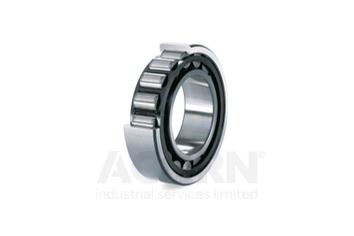
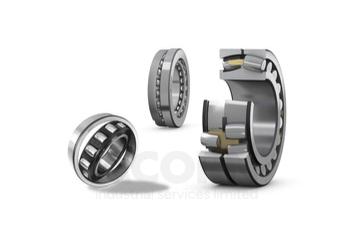
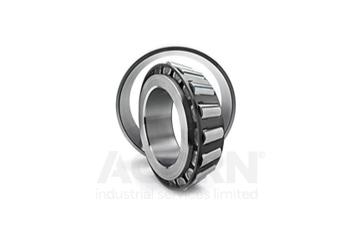
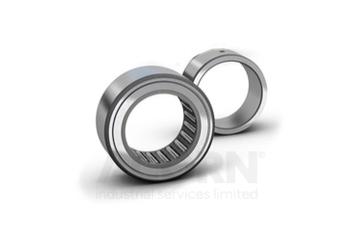
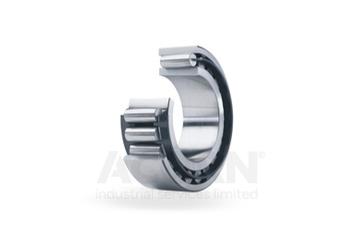
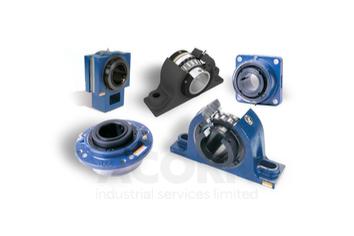
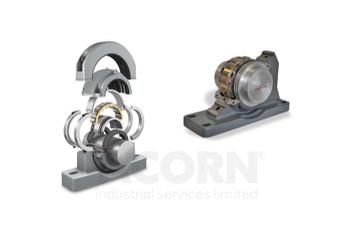
Roller bearings have a wide range of applications due to their versatility and efficiency. Here are some of the key areas where they are used:
Roller bearings are extensively used in the automotive industry. They are found in almost every part of a vehicle, including engines, transmissions, and wheel hubs. They help reduce friction and ensure smooth operation of the vehicle.
In industrial machinery, roller bearings are used to reduce the friction between moving parts. This helps in increasing the efficiency of the machinery and reducing wear and tear.
In the aerospace industry, roller bearings are used in various applications, including aircraft engines and gearboxes. They are crucial for the smooth operation of aircraft systems.
Roller bearings are an essential component of railway vehicles. They are used in various parts of a train, including the engine, carriages, and axles.
In wind turbines, roller bearings are used in the gearbox, rotor shaft, and generator. They help in transmitting the rotational force from the wind to the generator.
In medical equipment, roller bearings are used in devices like MRI machines, CT scanners, and X-ray tubes. They help in the smooth and precise movement of these devices.
There are several types of roller bearings, each designed to meet specific needs and operating conditions:
At ACORN industrial services, our offerings extend beyond just ball bearings. We also offer other types of bearings including:
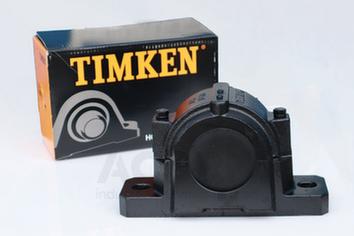
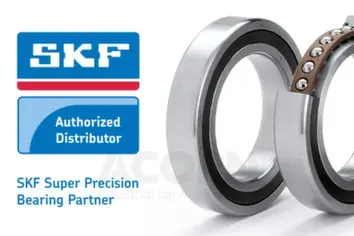

Roller bearings are used in various types of machinery to reduce friction and facilitate smooth operation. They are found in everything from cranes & forklift trucks to clinker pan conveyors in the aggregates industry.
At Acorn Industrial Services, we provide roller bearings for a wide range of industrial applications.
Roller bearings are often used over ball bearings when handling heavy loads as they have a larger contact area with the outer ring and can distribute loads across a wider surface. However, the choice between a ball bearing and a roller bearing depends on the specific application and requirements.
Roller bearings are used in a variety of applications including automotive, industrial machinery, aerospace, railways, wind turbines, and medical equipment. At Acorn Industrial Services, we cater to all these sectors providing high-quality roller bearings.
Roller bearings are sized based on their inner diameter, outer diameter, and width. All these dimensions are usually measured in millimeters. At Acorn Industrial Services, we offer a wide range of metric and imperial sizes to meet your specific needs.